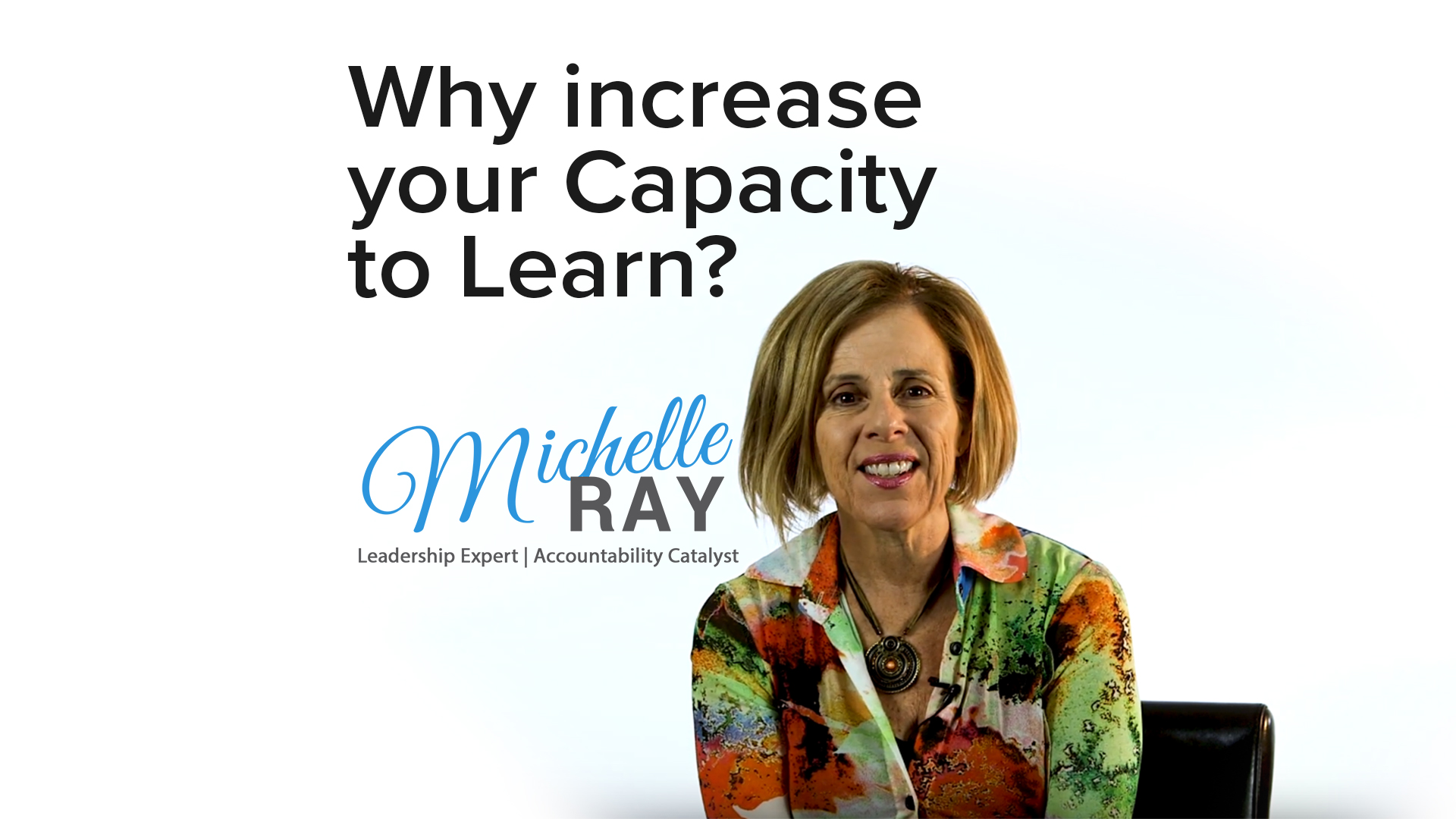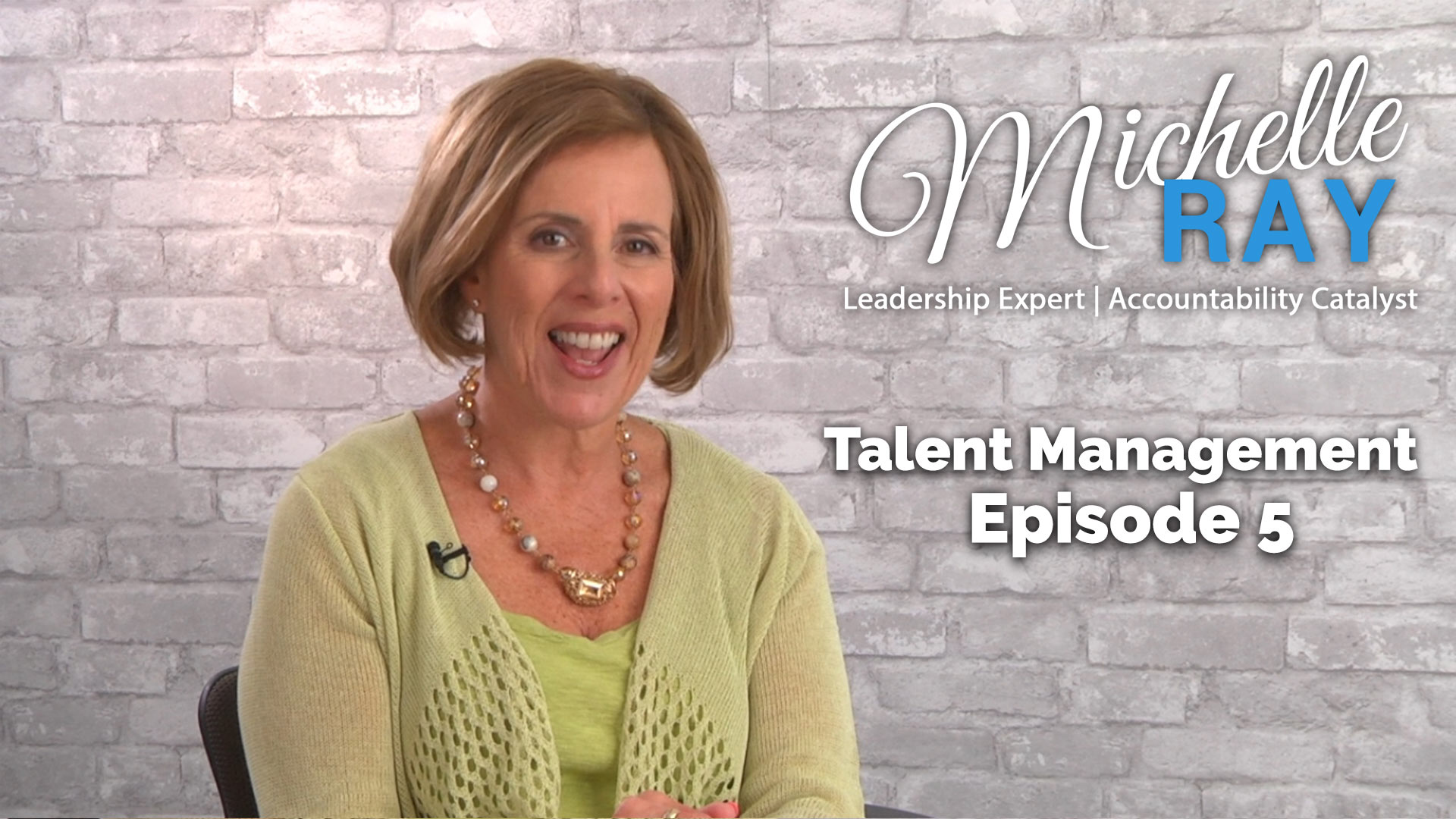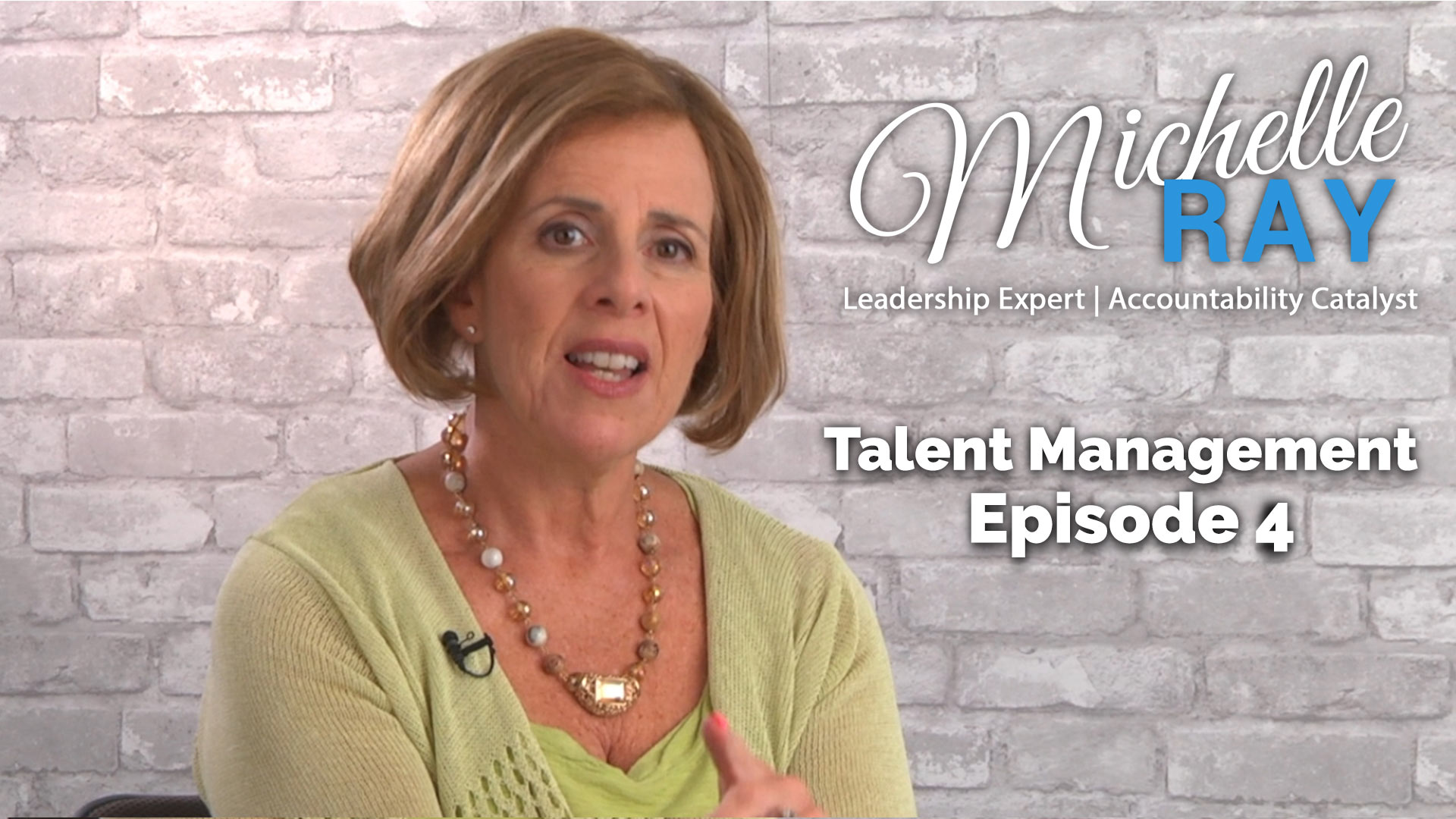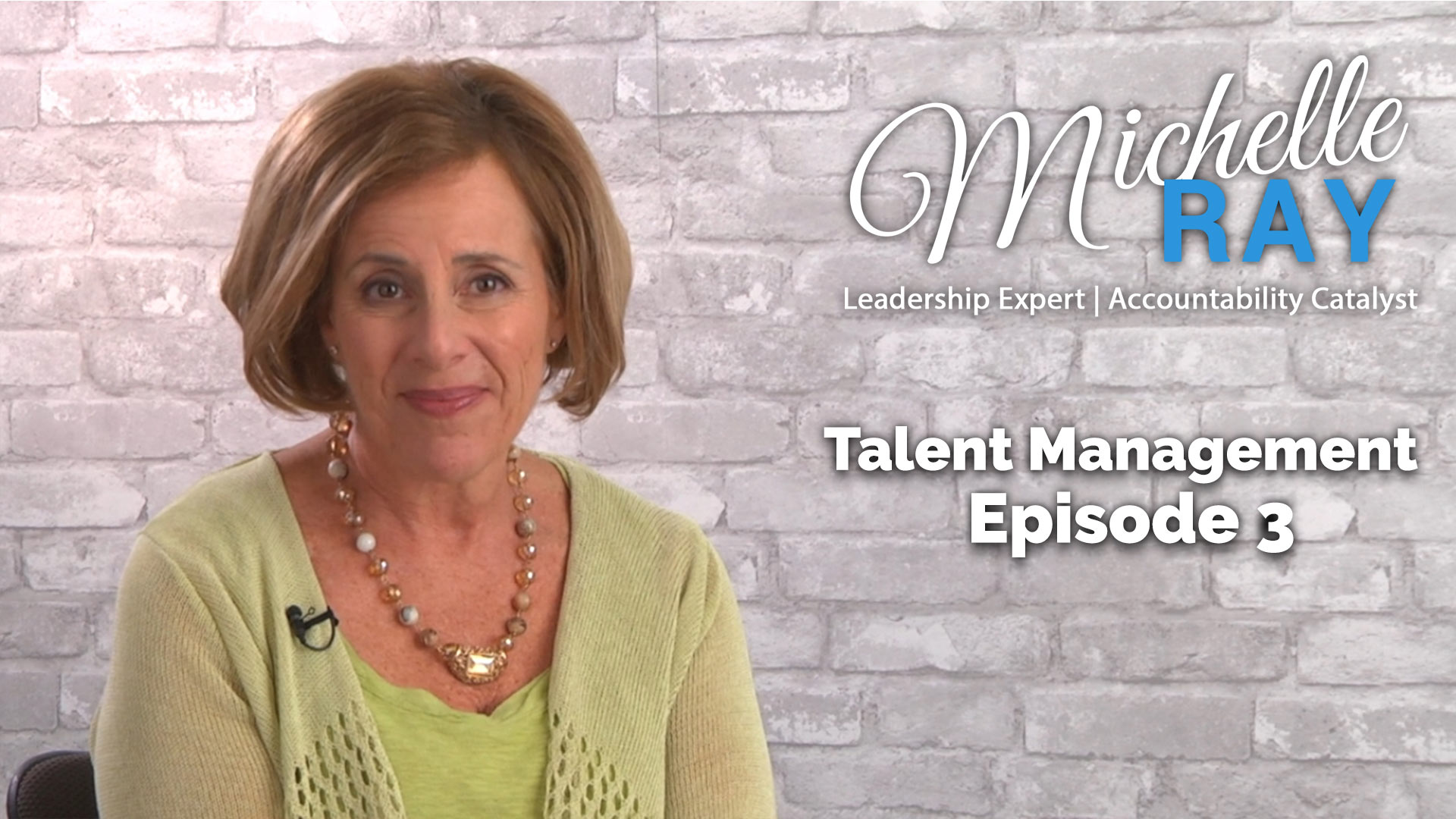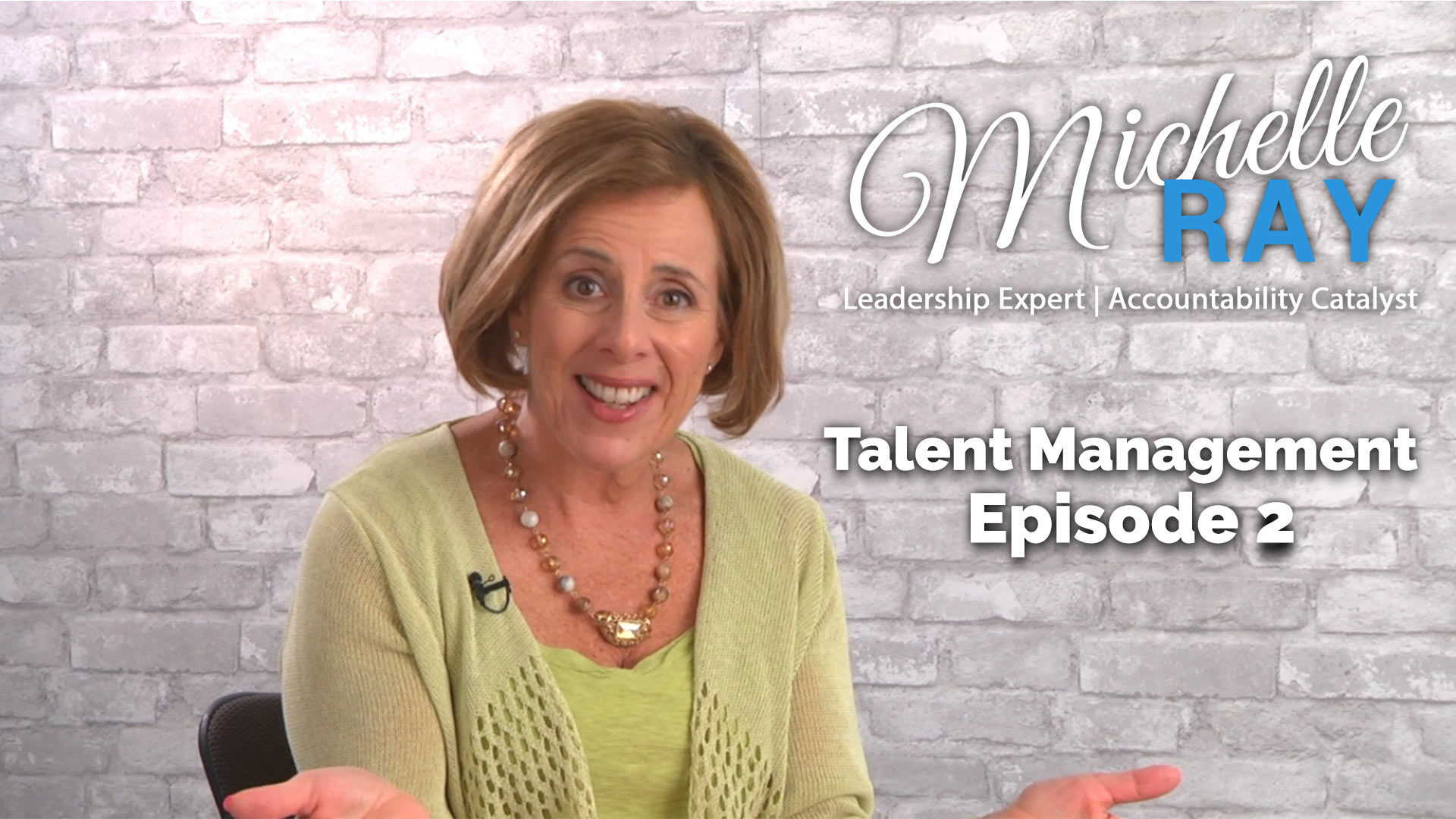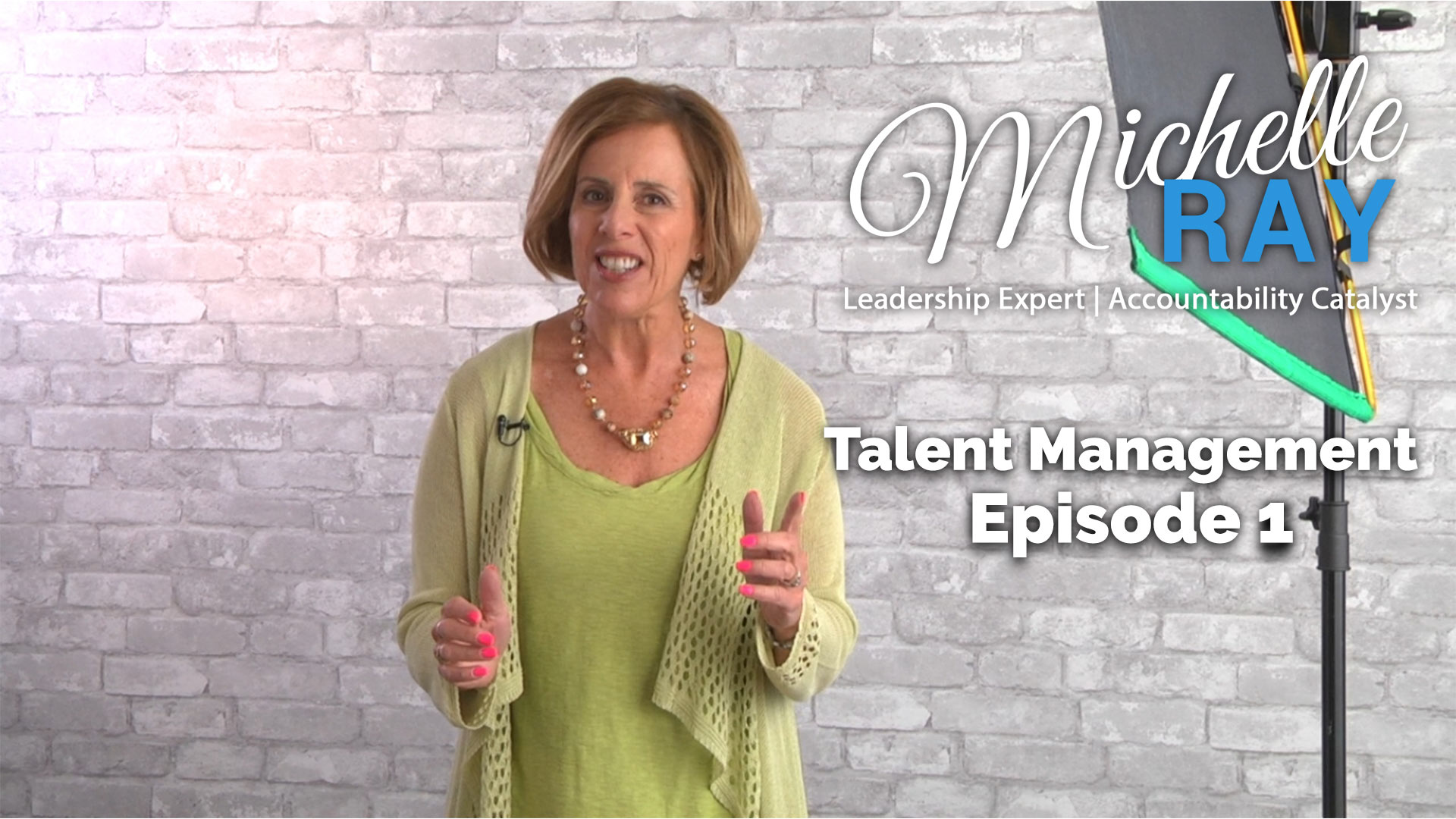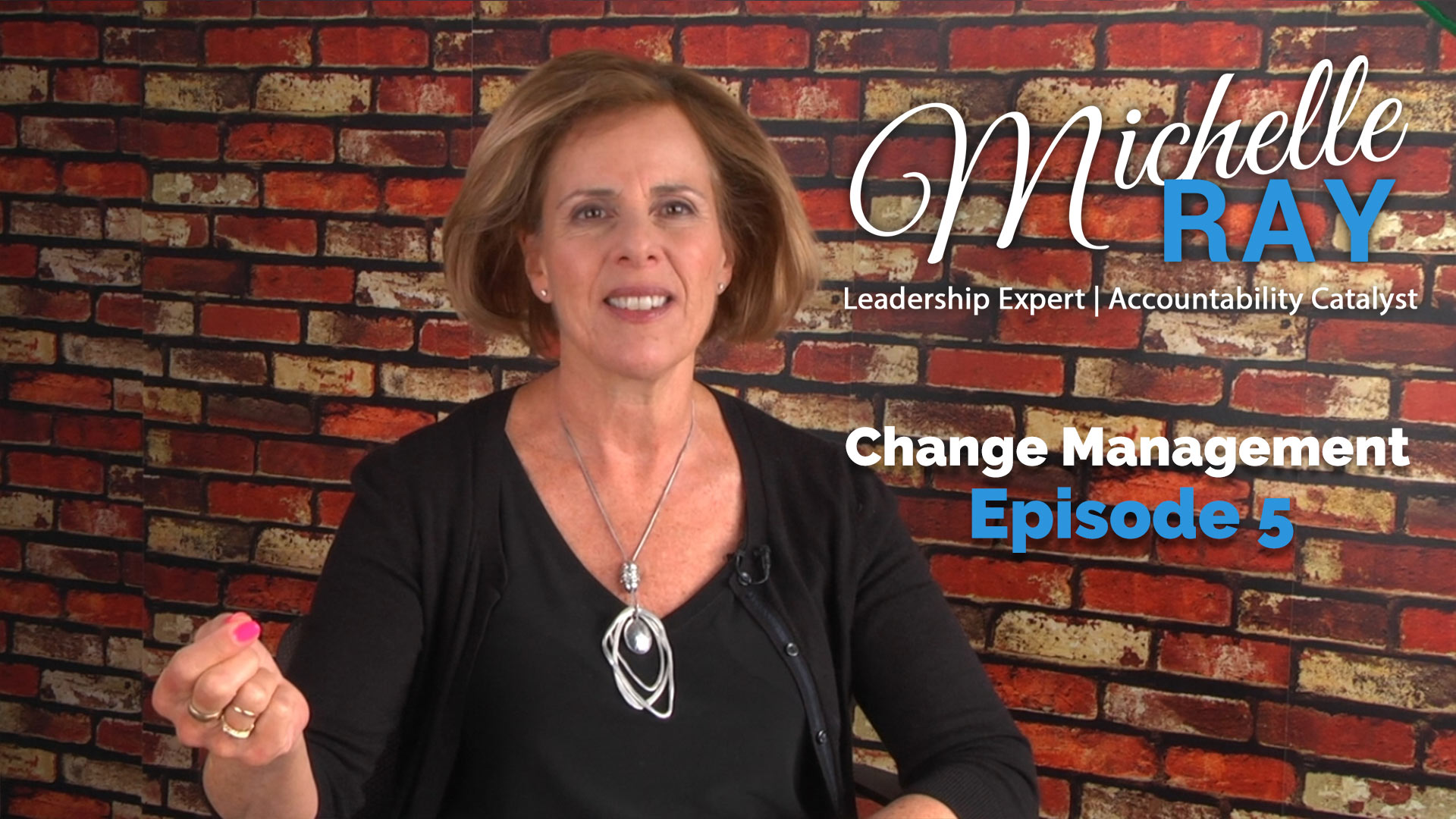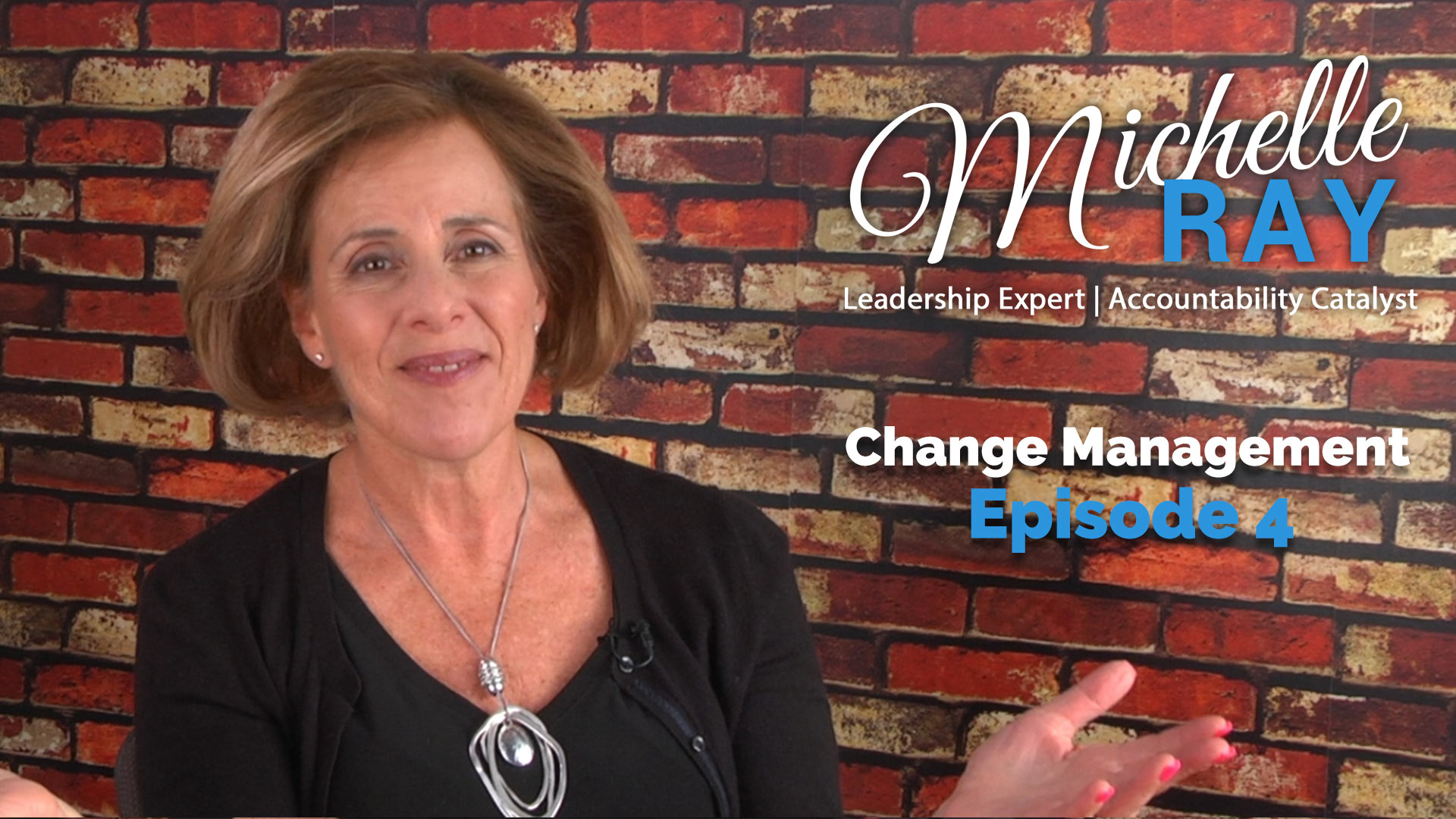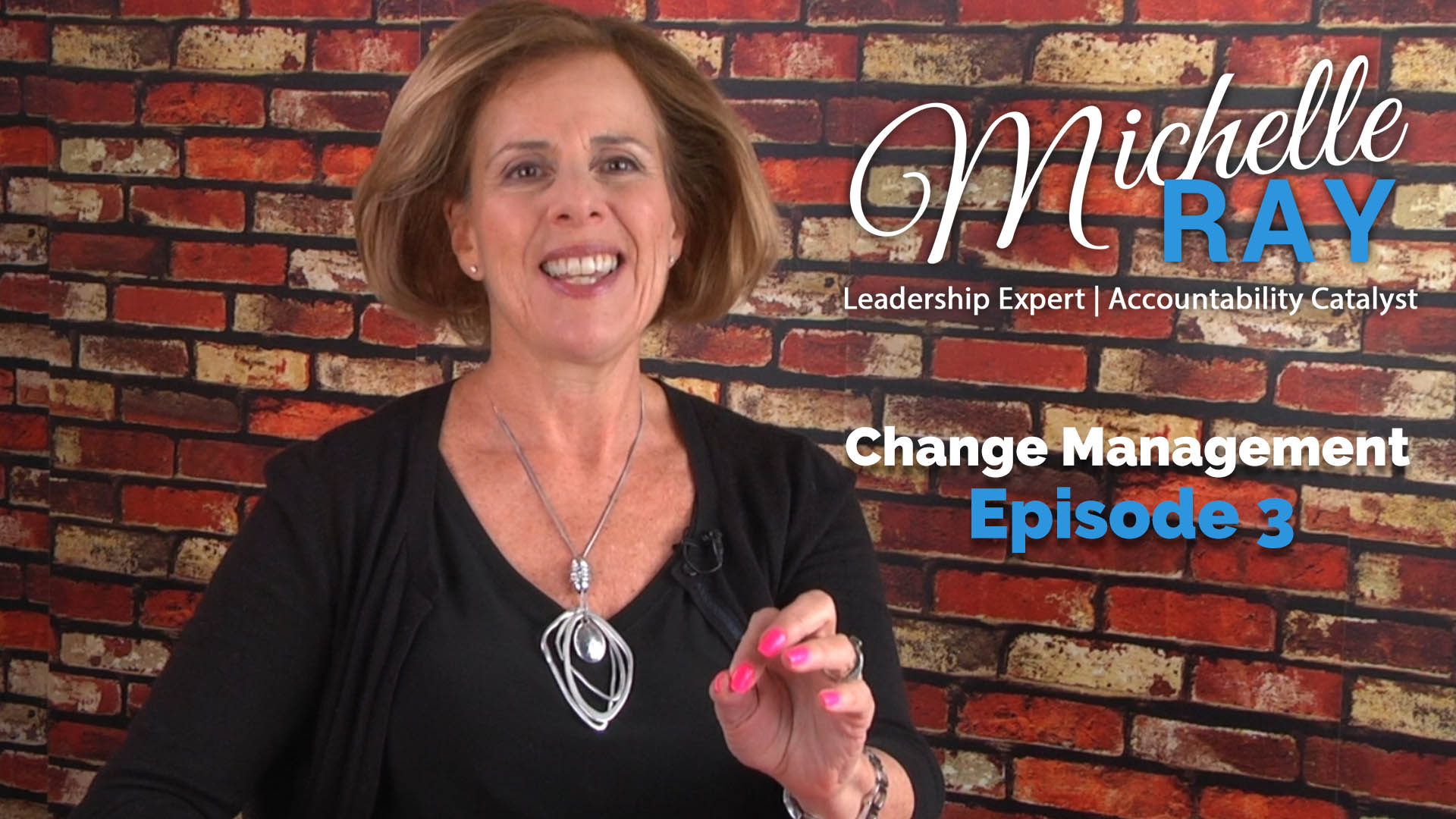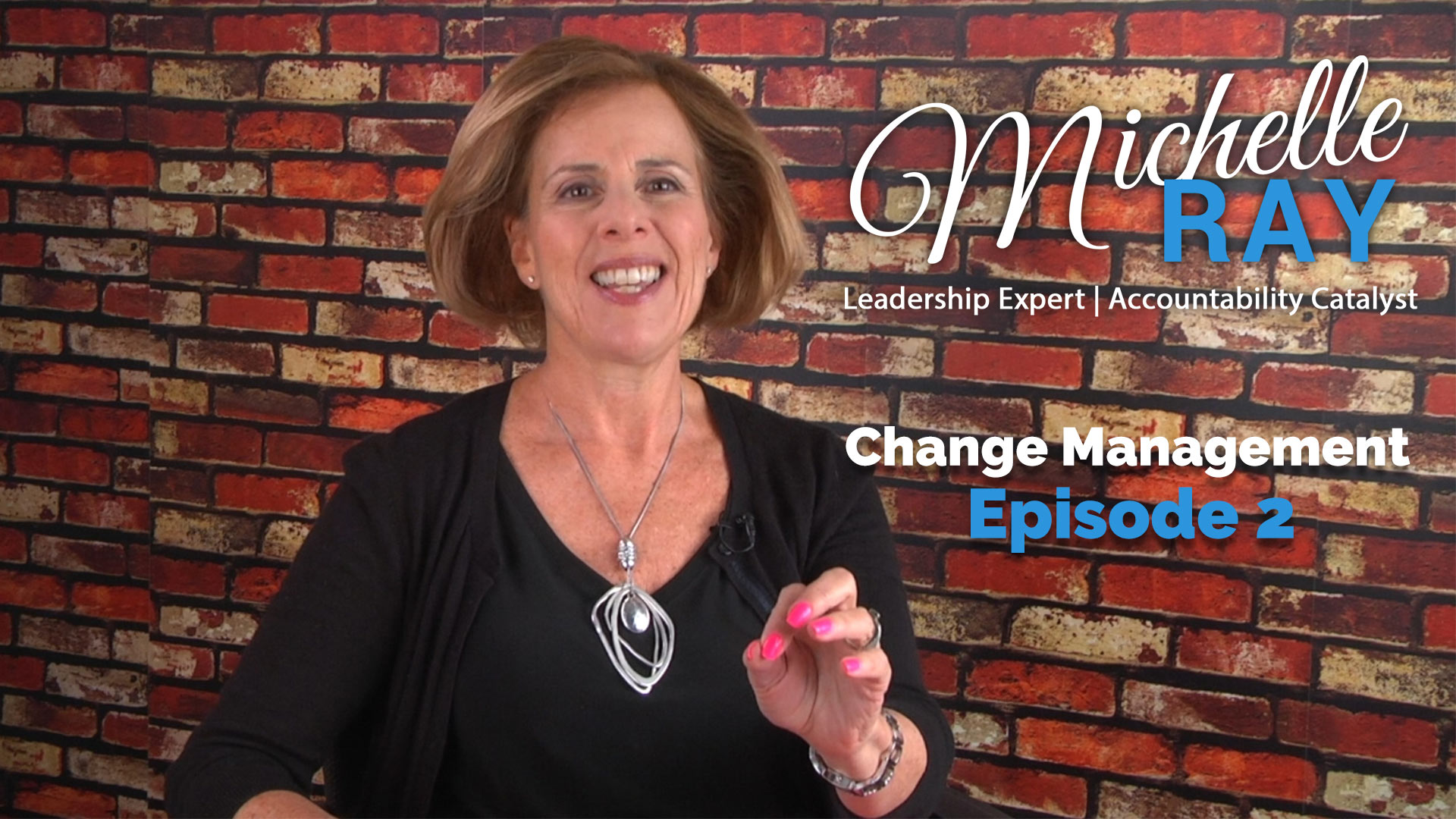It was Eric Hoffer who once said that “…the learners shall inherit the earth, whilst the learned will find themselves beautifully equipped to deal with a world that no longer exists.”
What an incredibly highly relevant statement that is. I love it, because it’s all about the ability to remain open, to see yourself as a lifelong learner. It makes sense that as a leader, there will never be a day where we should say that we know it all. How can that be possible when we remain open to learning, we will become better leaders, we will become sought after leaders in our organization. We will remain humble, and we will be seen as people who are sponges, who are always willing to grow.
Today, with the pace of technological change, and the speed of change, it is essential that we remain open to being a lifelong learner. Do you see yourself that way? Because that is one of the critical components to be able to lead yourself.
This article is a transcript from Leading Self: Increasing Your Capacity To Learn YouTube.
Michelle Ray (Twitter) is one of the best international leadership keynote speakers in Vancouver. She helps you discover your potential through presentations, coaching and consulting. With over 20 years of experience Michelle has worked with hundreds of companies around the world. She is taking bookings for speaking engagements and can be contacted at MichelleRay.com
